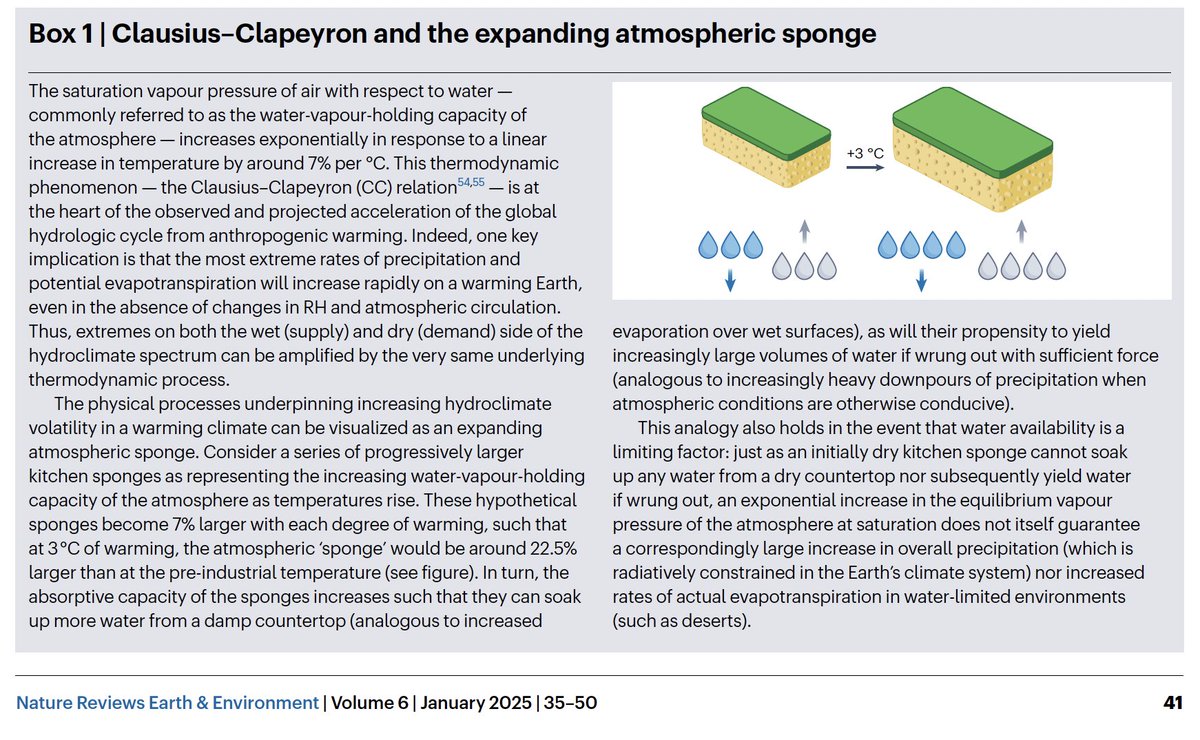Some mixed news on CA weather front over next couple of weeks. First, by Monday, another "inside slider" system will bring another burst of cooler & winder conditions statewide. Once again, some Sierra snow showers are possible, but most places stay dry. #CAwx #CAwater 

Midweek, however, an even colder airmass and associated low pressure center will slide down the coast slightly farther to the west. This system, although still quite dry, stands a better chance of bringing convective activity (scattered showers/isolated thunder) statewide. #CAWx 



The biggest impact from this mid-week system, outside of some additional modest Sierra snow accumulations and a few pockets of accumulating small hail showers at lower elevations (like last week in SoCal), will be a dramatic shift toward much colder temperatures. #CAwx 

In fact, I would expect significant agricultural impacts in Central Valley where several consecutive nights of sub-freezing temperatures are possible. This may be especially disruptive following weeks of record warmth, which allowed some tree crops to bud unusually early. #CAwx 

Despite this fairly active/unsettled pattern, I still don't foresee widespread hydrologically meaningful precipitation over the next 10+ days. But heading into early March, the pattern gets a bit murkier... #CAwx 

It is possible that a cool & modestly unsettled pattern will bring slightly more widespread rain and mountain snow by early March. There are currently still *no signs* of big storms, but this would still represent a departure from unrelentingly dry Jan/Feb 2022. Stay tuned! #CAwx
• • •
Missing some Tweet in this thread? You can try to
force a refresh










